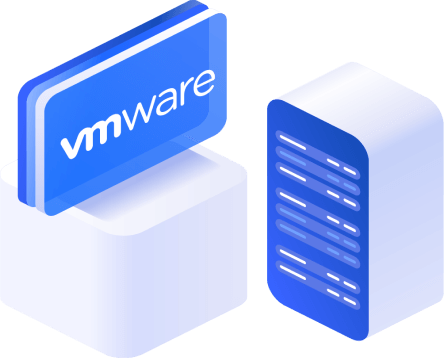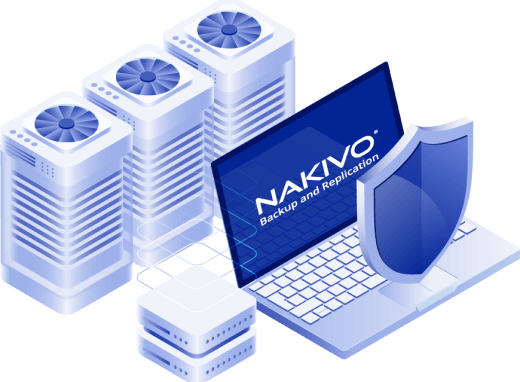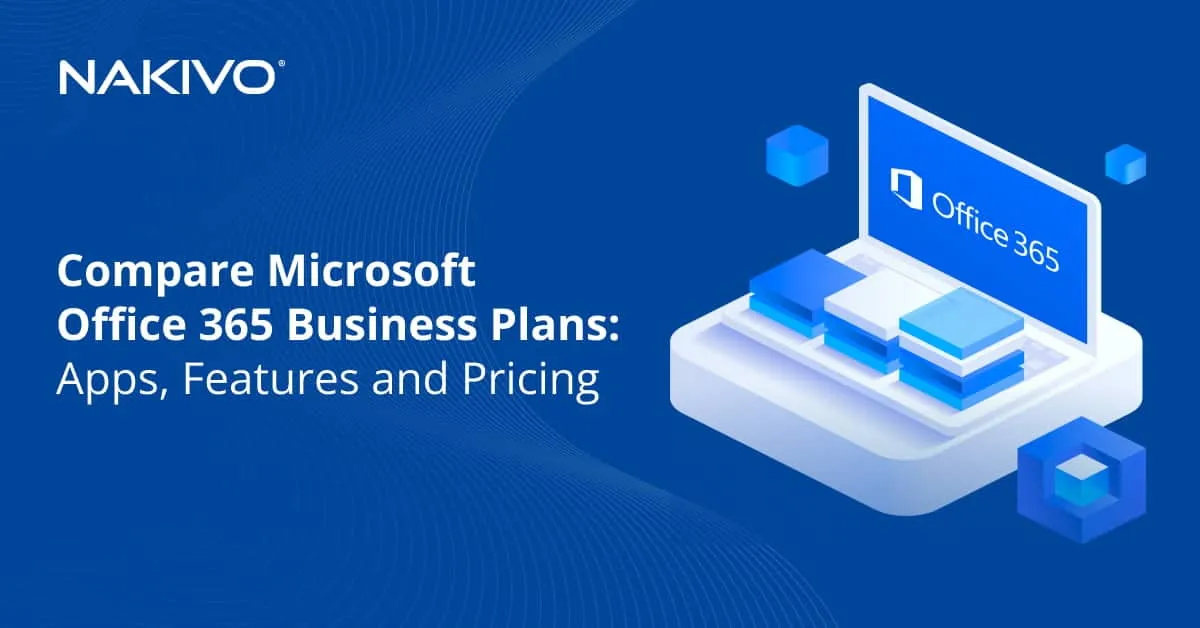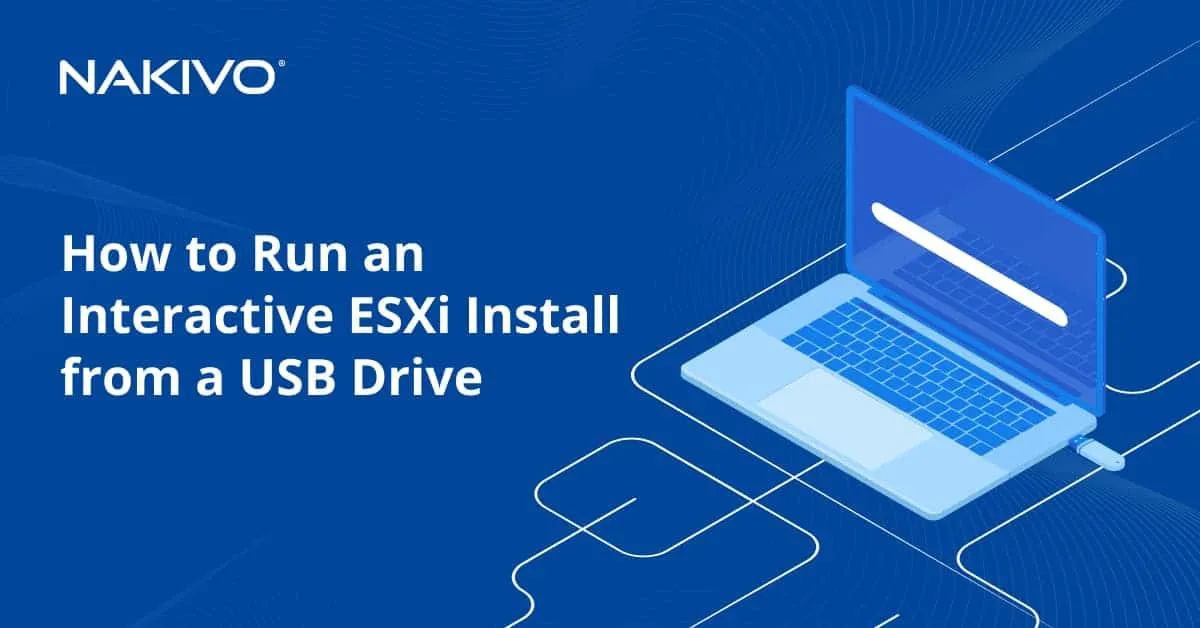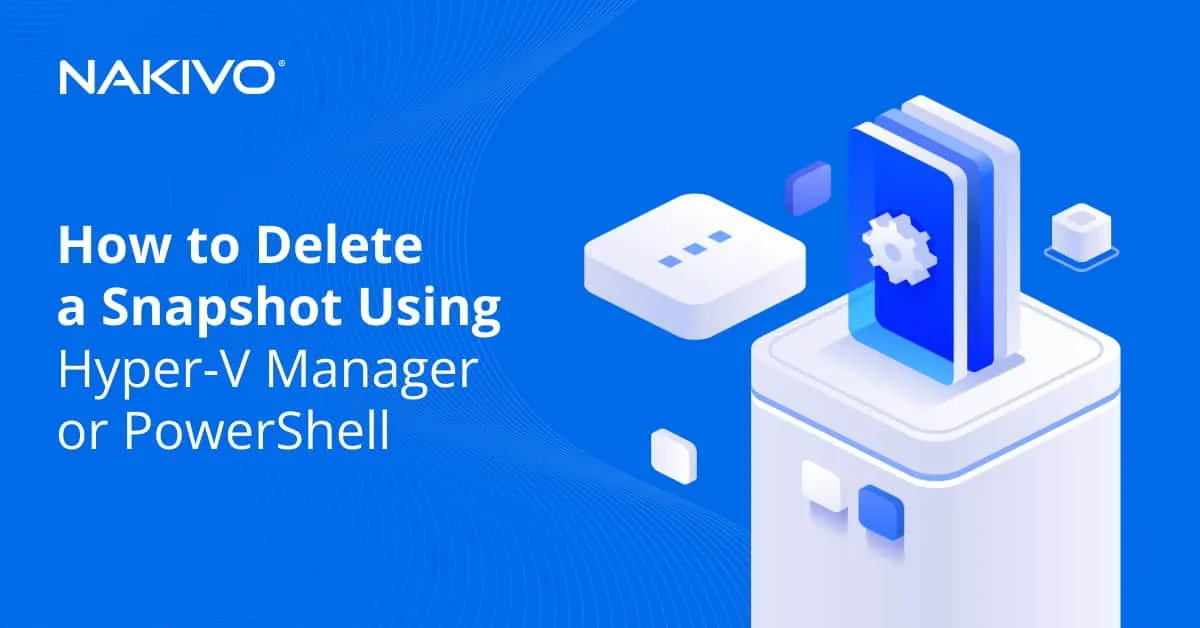How to Create a vSan Cluster: Configuration Guide
In the previous post, we’ve compared shared storage approaches. Now we’ll take a closer look at how to configure vSAN cluster.
Host Requirements
- At least three hosts contributing local disks. Each host must contribute one SSD and at least one HDD
- ESXi 5.5 or later on each host. You can add hosts to the Virtual SAN cluster on initial cluster configuration or later
- The hosts must be managed by vCenter Server 5.5 or later
- The hosts must be configured as a Virtual SAN cluster using vSphere web client
- Each host must have at least 6 GB of RAM
- Hosts may not have a local storage
Storage Requirements
The list of storage devices supported by Virtual SAN is in the vSphere Compatibility Guide.
- One SAS, or SATA, or PCIe SSD
- Flash Read Cache must not use SSDs
- Do not format SSDs with VMFS or any other file system
- SAS, SATA HBA, or RAID controller that is set up in the RAID 0 or pass-through mode
- SSDs and HDDs on each host must be organized into disk groups
The ratio of SSD to HDD capacity varies depending on the workloads. The best practice is to have this ratio no less than 10% in each disk group regardless of protection copy space.
Advice: The best way for creating a shared space is to use new unformatted HDDs. If you don’t have unformatted disks, make sure that they don’t have any partitioning. If you have no other choice except using the disk that already has partitions, things become trickier. In future posts, we’ll describe how we deal with this.
Networking Requirements
vSAN requires a dedicated Gigabit Ethernet network. For better performance, use 10 Gigabit Ethernet network.
VMware vSan Licensing
vSAN requires an additional license. Its price varies depending on the infrastructure size and its purpose, and VMware published a blog post which may help you to estimate the cost of vSAN for your infrastructure.
How to Configure a vSAN Cluster?
NOTE: vSAN cluster can be configured only in the web client. The vSphere client does not support this feature.
First, create a cluster and add at least three hosts to it. It does not matter if HA or DRS features are on or off in the cluster.
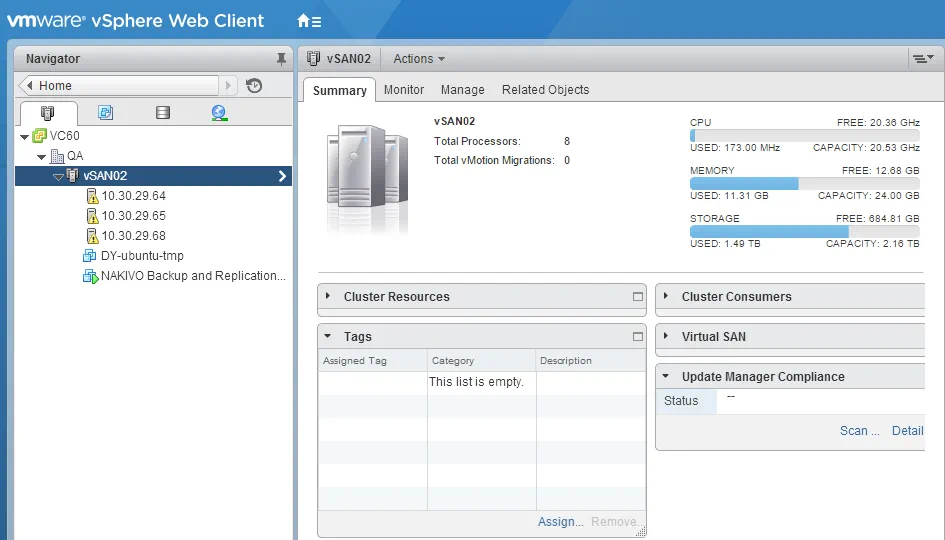
Next, enable Virtual SAN traffic on the VMkernel adapter for all hosts in the vSAN cluster. You can use an existing VMkernel adapter for traffic management or create a new one for this purpose.
- Select a host, and go to Manage > Networking > VMkernel adapters. Click the VMkernel you are going to use for vSAN cluster and click the Edit button.
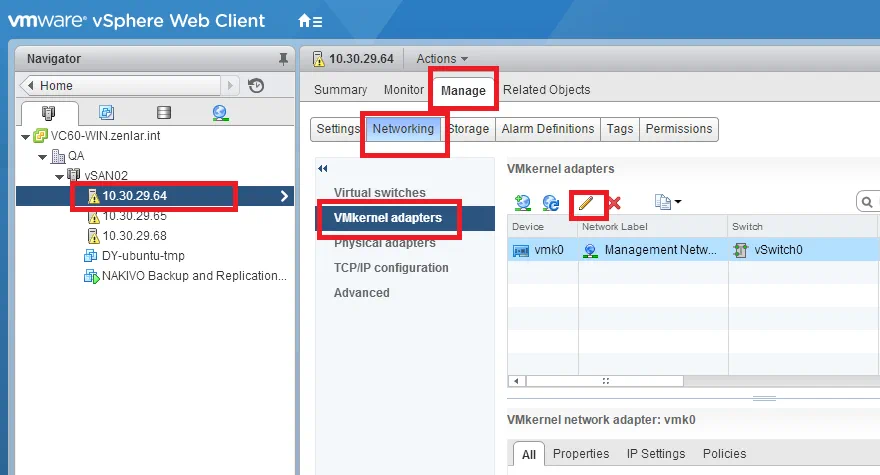
- The Virtual SAN traffic checkbox must be checked.
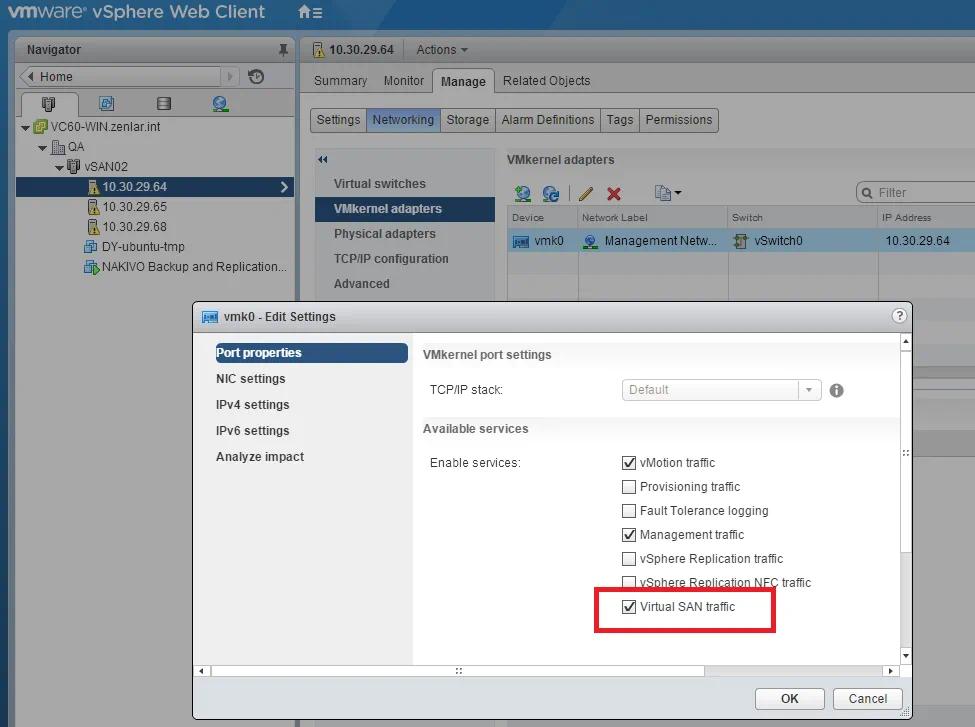
Now you are ready to build a vSAN cluster.
- Select the cluster and go to Manage tab. Then go to Virtual SAN > General and click Edit.
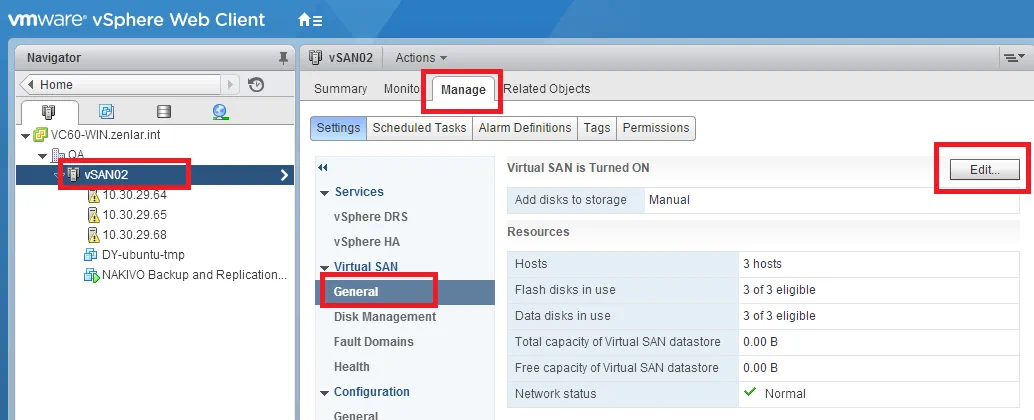
- Check the Turn ON Virtual SAN checkbox.
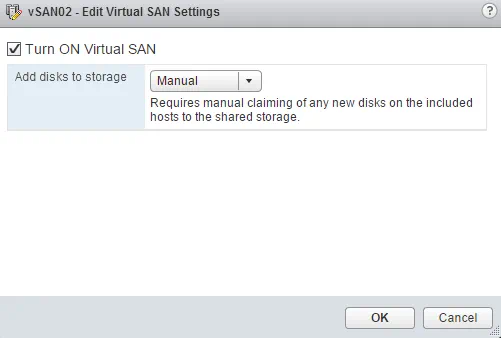
- If the Automatic mode is selected in Add disks to storage, all empty disks will be claimed by vSAN cluster automatically. I recommend proceeding in the Manual mode to stay in control of what’s going on.
The next step is to create Disk groups. Go to Disk management, select the ESXi host and click the Create new disk group icon.
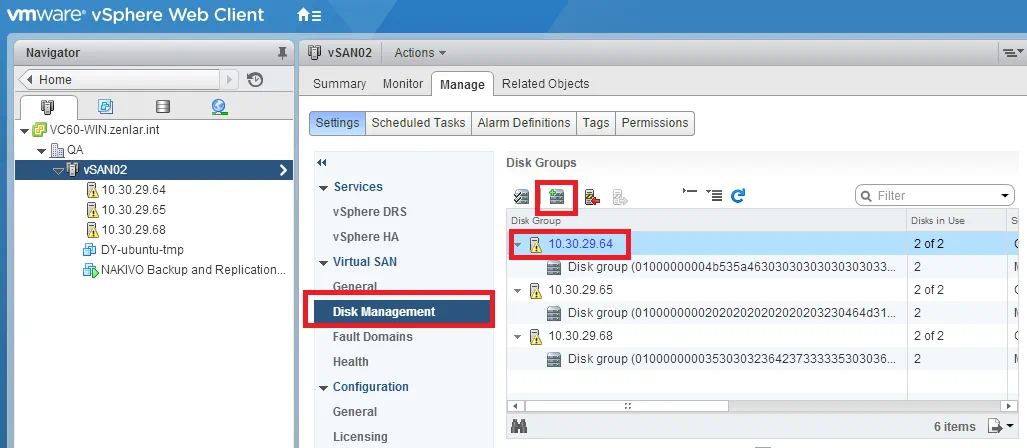
Repeat this step for each host in the cluster. All non-SSD disks included to the disk groups will make up a shared storage.
As vSAN requires a specific license, do the following to install the license key: Select the cluster, go to the Manage section, click Licensing, then click the Assign the license button and add your license key.
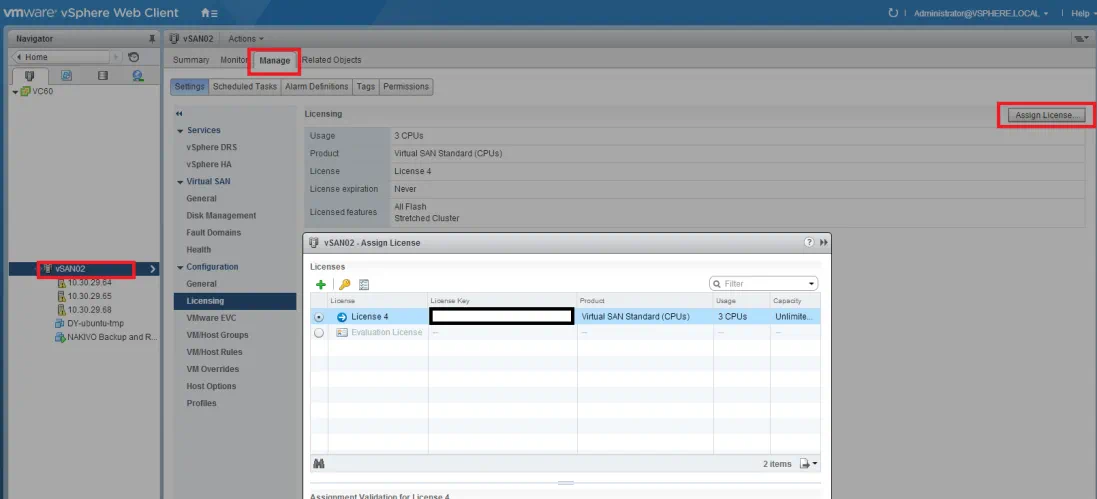
Conclusions
vSAN Pros
The biggest advantage of vSAN is that it can be used with the existing infrastructure. Moreover, you don’t need a dedicated server to build a shared storage. Given that, you can save money on hardware and time on configuring the software like in the case of the iSCSI approach.
Another plus is that you don’t need any special knowledge like you’d need for dealing with a Fibre Channel infrastructure. Your knowledge of VMware products is enough to create and maintain VMFS storage with vSAN.
vSAN Cons
vSAN uses software emulated layers of hardware. That’s why if one of the physical servers goes down, the entire cluster becomes unstable. But you can protect yourself from the possible consequences of this flaw by backing up your cluster.
The other disadvantage is that a vSAN license may be really expensive if you have a large infrastructure.
Anyway, you can try VMware’s free Virtual SAN Assessment tools to decide if vSAN is the best solution for you.
Download the Free Edition of NAKIVO Backup & Replication to try out the versatility of its features and ensure the safety of your VMware data.
